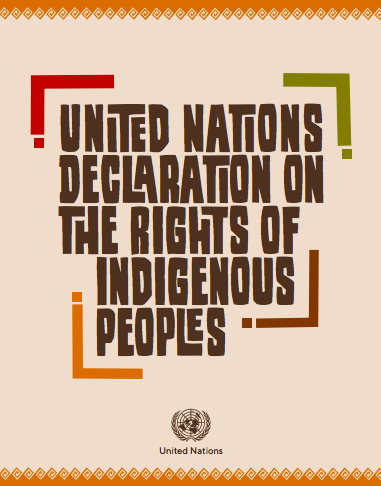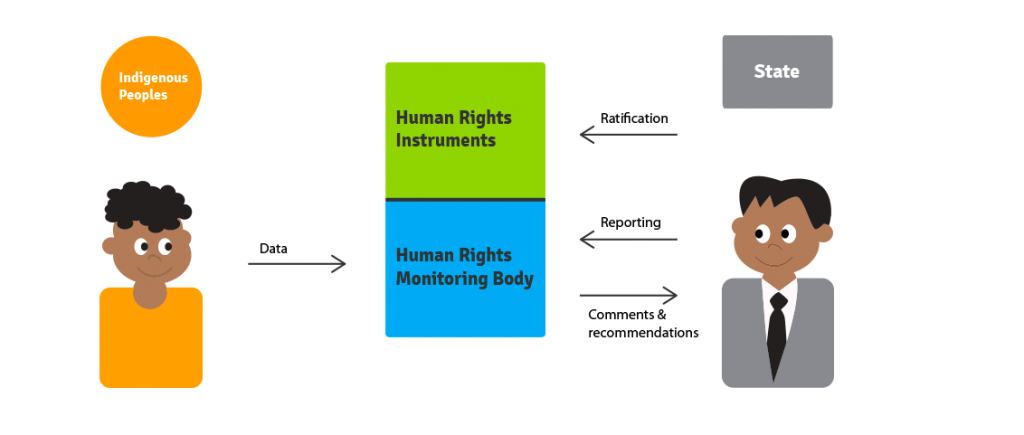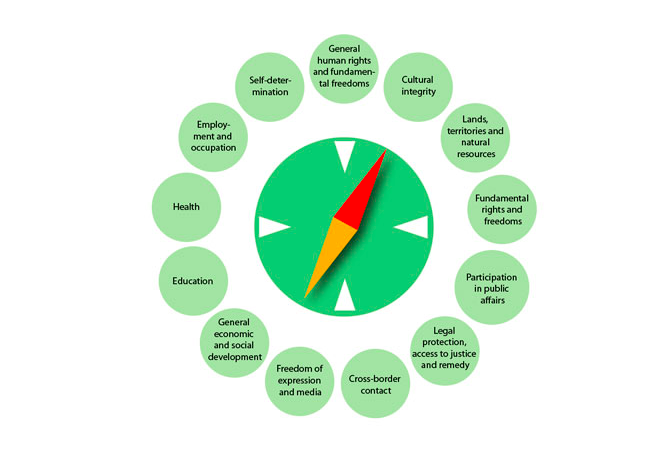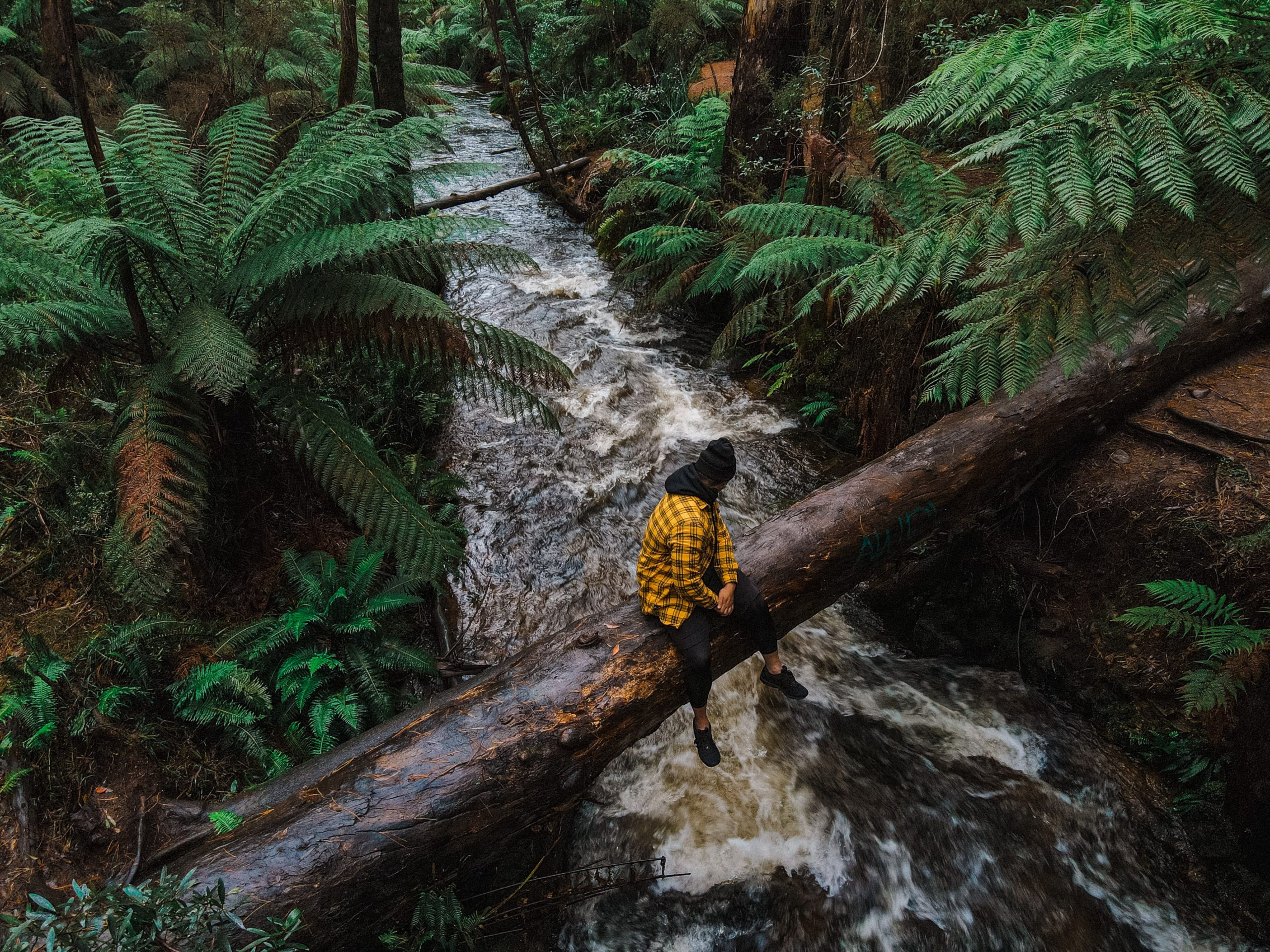Throughout the world, Indigenous communities face displacement from their territories for the sake of multinational corporations to extract natural resources. Such corporations are often backed-up by state military protection, to ensure national export quota is being fulfilled. But is this right? Is this even legal?
Universal rights
Globalisation and the use of international human rights have been of major importance for Indigenous people’s development and social change. When communities get discriminated and their local legislation won’t protect them, there are international courts who might be able to have their backs.
The UN Declaration on the Rights of Indigenous Peoples (UNDRIP was stipulated 2007. It is a well-needed and all-encompassing framework promoting Indigenous rights on the global stage. But how can this impact Indigenous people in real, every-day life? As a non-legally-binding resolution, so the question with this, and other similar stipulated rights, how to operationalise this to having actual effect.

Resolutions, frameworks, rights, and other international agreements are often being discussed and agreed upon chambers far away from where they are contextually needed. This gap is not only spatial, but also socio-economical, philosophical, existential… Such documents can be difficult for Indigenous people to access and be rather complex to make sense of. Other factors may stand in the way for Indigenous People to be able to enjoy their rights, such as language, literacy, internet connection etc.
Besides, the major issue remains that states with Indigenous population insufficiently reflect UNDRIP (and human rights guidelines) in national legislation, policies and practices. The achievements of incorporation of indigenous rights formally (de jure) and the deficit of practical implementation (de facto) of these formal agreements leads us to the problem of the implementation gap. There is a need for mediatory institutions and tools to prevent combat state violations on international human and indigenous regulations.
There is a gap between existing rights and the implementation of such in real-life situations. A UN report from 2014 states that the implementation gap is a main challenge for the future of Indigenous People: “Local conflicts related to the control and use of territory and natural resources are becoming common in all regions of the world. The emergence of conflict may be a symptom of the lack of recognition of indigenous territorial rights and of the persistent gaps in implementing them” Further, the report acknowledges the relations to rights and resource management: “the gaps between international standards and national ones grow wider when the discussion turns to specific development and infrastructure projects in the indigenous territories themselves.”
The Indigenous Navigator
The Indigenous Navigator is an online platform and tool developed for and by Indigenous People to help combat this issue of implementation gap. A collaboration between Indigenous Peoples Organisations, NGOs, UN agencies and National Human Rights Institutions has resulted in this initiative, supporting indigenous peoples to monitor implementations of their rights.

Simultaneously, it can inform the general public whether states implement the international framework and guidelines or not. Relevant data can be fed into existing human rights and sustainable development monitoring processes at local, national, regional and international levels.
The project has developed a framework and set of tools and indicators for indigenous peoples themselves to systematically measure the level of recognition and implementation of their rights.
The Indigenous Navigator is monitoring the implementation of:
- The UNDRIP
- Core human rights conventions as they pertain to indigenous peoples
- Essential aspects of the SDGs
- The outcomes of the World Conference on Indigenous Peoples
… Which then have been developed into into 13 operationalised thematic areas, with over 150 different indicators.

Some listed purposes the Indigenous Navigator can serve for are:
- Raise awareness of Indigenous communities about their rights and contribute to their empowerment and ability to claim their rights;
- Guide and orient Indigenous Peoples’ self-determined governance and development strategies;
- Hold states accountable by evidencing their compliance with—or failure to meet—human rights obligations regarding Indigenous Peoples;
- Assist with the development of legislative reforms and political actions at multiple levels to address issues captured;
- Deliver data on Indigenous Peoples’ human rights and development situation to UN agencies and UN mechanisms addressing Indigenous Peoples’ rights (UN Special Rapporteur, Expert Mechanism on the Rights of Indigenous Peoples [EMRIP]m and UN Permanent Forum for Indigenous Issues [UNPFII]);
- Evidence whether states are complying with the commitments they made at the WCIP;
- Guide and orient development policies and development programmes, including those designed to reach the SDGs;
- Generate attention and action in relation to the recognition and protection of Indigenous Peoples’ rights;
- Document the national and regional particularities and various historical and cultural backgrounds of Indigenous Peoples worldwide; and
- Provide an accurate state of play of the discrimination and inequalities as well the level of threats that Indigenous Peoples are facing.
Webinar: “COVID-19: Building an inclusive and sustainable response with indigenous peoples“
The ongoing pandemic accelerates the digitalisation of our realities. On the 13th of October 2020 I attended a webinar, a virtual side event during the 75th Session of the UN General Assembly, held by The Indigenous Navigator partners. This was a space created to hear Indigenous people’s (from Cambodia, Kenya, Peru, and Nepal) and important representatives (such as José Francisco Cali Tza, UN Special Rapporteur on the Rights of Indigenous Peoples) discussing Covid-19 impacts on communities and visions for the future.
The concept Building Back Better (a UN approach to post-disaster recovery) was often mentioned. Important insights were shared on how Covid-19 prevention policies must be respectful to Indigenous rights. Here, you can see a recording of the event:
The side-event coincided with the launching of the report The impact of COVID-19 on indigenous communities: Insights from the Indigenous Navigator. Its produced based on data and information collected and shared by indigenous communities in 11 countries that have participated in the Indigenous Navigator initiative. It aims to highlights impacts that COVID-19 is having particularly on Indigenous peoples.
References
ECLAC. (2014). Guaranteeing Indigenous People’s Rights in Latin America: Progress in the Past Decade and Remaining Challenges–Summary
IWGIA. (2020). Indigenous World 2020: The Indigenous Navigator: Self-Determined Development


